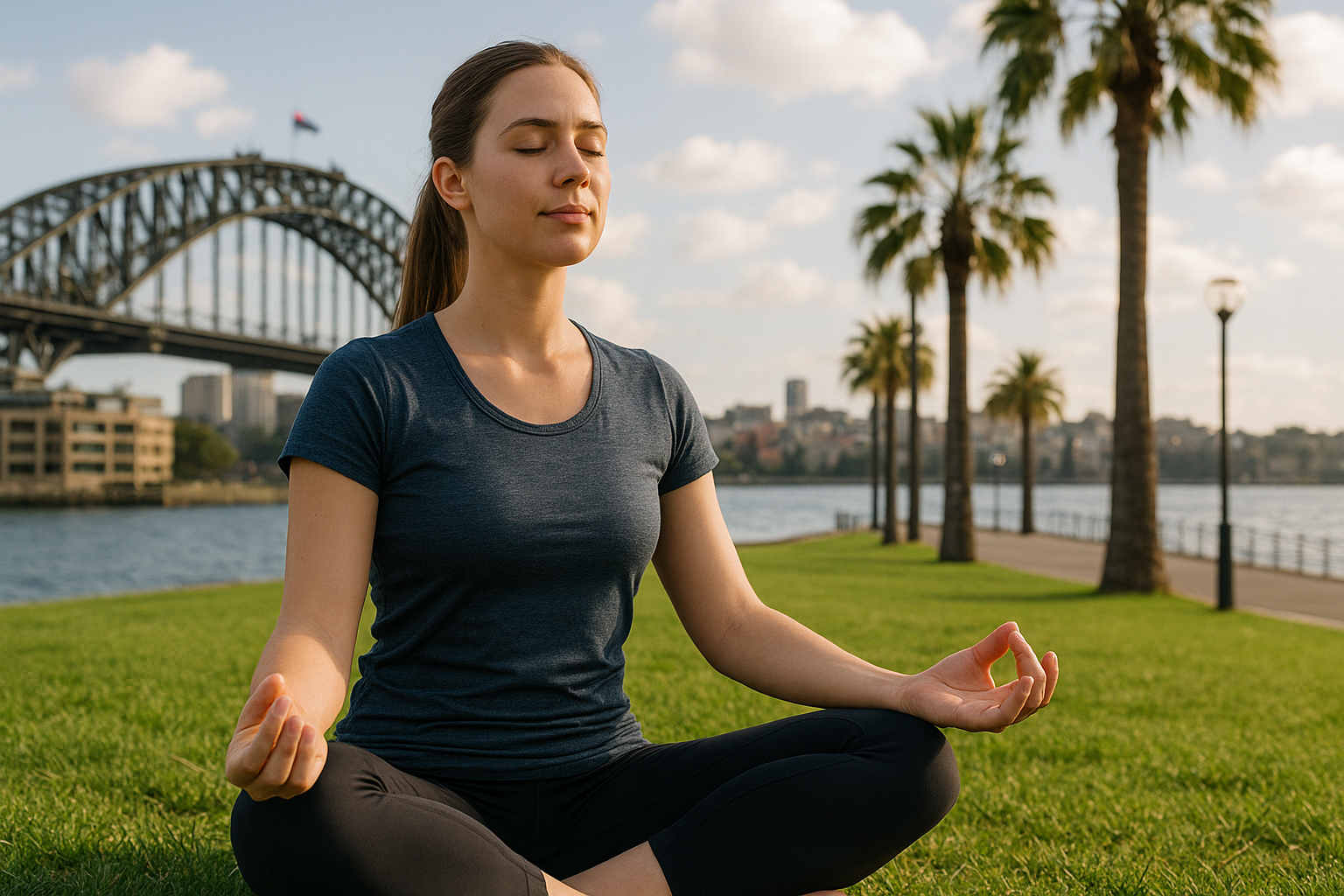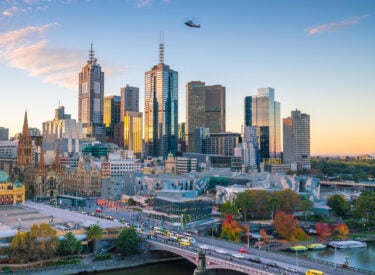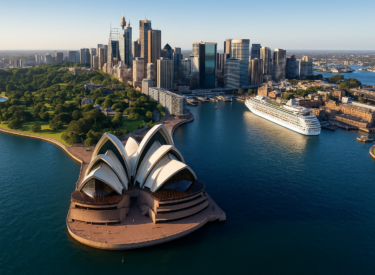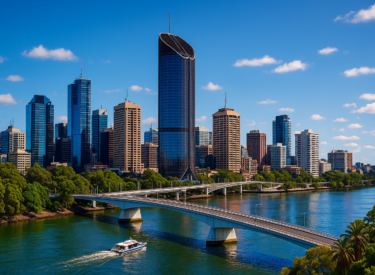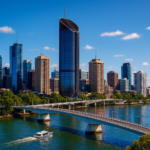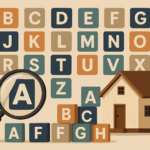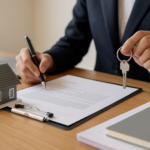
Key takeaways
Australians are now spending $36 billion more on health and wellness than on cafés over the past six years.
Wellness — encompassing fitness, supplements, mental health, and self-care — has become the new national obsession, reflecting a deeper shift in consumer priorities.
Today’s Baby Boomers, aged roughly 61 to 80, are redefining retirement.
They’re wealthier, healthier, and more lifestyle-focused than previous generations. For them, wellness spending isn’t indulgence — it’s an investment in independence, aimed at extending their healthspan rather than just their lifespan.
As Millennials move into their 40s — their peak earning and spending years — they’re prioritising health, experiences, and self-care, even amid financial pressures.
Together with Baby Boomers, these two generations ensure long-term momentum for Australia’s wellness economy.
This national shift is creating new opportunities for business owners, developers, and investors.
Demand for homes near parks, gyms, and lifestyle hubs will continue to grow, while consumers expect wellness-integrated environments.
Move over, smashed avocado and flat whites, there’s a new national obsession taking hold across Australia. And no, it’s not the latest streaming service or tech trend.
It’s wellness.
Australians are now spending far more on their health, vitality, and wellbeing than on our once-sacred café culture.
In fact, over the past six years, Australians have spent a staggering $36 billion more on health and wellness than on cafés.
That’s right, wellness has officially overtaken coffee as our national addiction.
And behind this shift lies a powerful demographic story, one that says a lot about who we are as a nation and where we’re heading.
The wellness economy has gone mainstream
When you think of wellness, you might picture green juices, yoga mats, or designer activewear.
But the category is much broader.
It includes everything from pharmacy spending, fitness memberships, vitamins, supplements, mental health services, and even health-focused foods and drinks.
According to retail data, pharmacy sales are up 57% over the past few years, outpacing growth in cafes, restaurants, liquor, and recreational goods.
Cosmetics and toiletries have surged too, showing that Australians are increasingly investing in how they look and feel.
As demographer Simon Kuestenmacher explained in our latest Demographics Decoded episode:
“This is demographics at play. We now have more and more people being pushed into the wellness lifestyle phase of life.”
And at the forefront of this change? The baby boomers.
Baby Boomers are redefining retirement
The youngest baby boomer is now around 61, and the oldest is approaching 80, and they’re nothing like their parents were at that age.
They’ve entered retirement with more wealth, better health, and a stronger sense of agency over how they live.
As Simon said:
“Baby boomers today are completely different consumers compared to people their age fifty years ago. They live healthier lives and are much more likely to buy those fancy sneakers, attend Pilates classes, and wear Lorna Jane or Lululemon gear.”
They’re also more conscious of the value of prevention.
Many boomers see wellness spending as an investment in independence, not indulgence.
“They’re spending on Pilates and supplements to avoid future healthcare spending,” Simon explained. “They understand that being active now means being independent later.”
In other words, wellness is the new retirement plan, a proactive strategy to extend healthspan, not just lifespan.
From cafés to chemists – the new retail reality
The retail landscape is evolving fast.
Pharmacies now look more like lifestyle stores than dispensaries, shelves filled with protein shakes, health bars, vitamins, collagen drinks, and supplements promising longevity and energy.
Simon noted:
“If you’ve been in a pharmacy lately, you’ll see they’re stacked full of health foods and supplements. Whether they’re miracle cures or snake oil, they all play into the desire to live longer and better.”
Even service stations are getting in on the act.
“Go to any BP or 7-Eleven,” Simon said. “You’ll find protein shakes, nut mixes, kombucha, and healthy juices alongside the sausage rolls and chocolate bars. That’s how deep this shift runs.”
The message is clear: wellness has gone mainstream.
It’s no longer just a niche market for the young or wealthy.
It’s a daily lifestyle choice for millions.
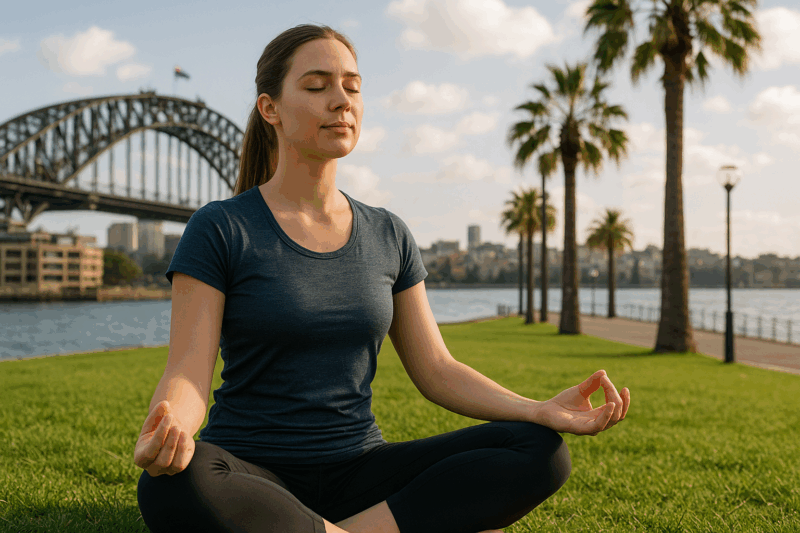
Why Australians are obsessed with lifestyle
Let’s be honest, Australians have always loved a lifestyle.
We’ve built a national identity around outdoor living, barbecues, beaches, and brunches.
But now, that love of lifestyle has evolved into something deeper, an obsession with wellbeing.
Simon summed it up perfectly:
“Lifestyle is Australia’s true religion. It’s what we value most. And wellness is the enabler of that lifestyle.”
This obsession shows up in the smallest details.
We’re seeing homes designed with wellness spaces: pools, saunas, yoga rooms, and meditation corners.
Apartment developments increasingly include gyms, wellness areas, and resort-style amenities.
As you’ve probably noticed in suburbs like Brighton, Mosman, or Toorak, weekend brunch scenes aren’t just filled with twenty-somethings.
You’ll see baby boomers and retirees wearing designer activewear, walking their dogs, and socialising after their Pilates class.
Fashion, as Simon pointed out, has become a form of self-expression:
“What we wear reflects what we value. Today, wearing activewear says you live an active, health-conscious lifestyle, and you’re proud of it.”
Millennials are picking up the baton
While baby boomers started the wellness wave, millennials are carrying it forward.
They’re now moving into their 40s, the peak spending years, and they’re channelling their dollars into experiences, self-care, and health.
Simon explained:
“We’re pushing the biggest generation, millennials, into the highest spending phase of their lives. Even if money is tight, they’ll still spend on lifestyle and wellness. It’s just who they are.”
So, between baby boomers and millennials, we have two massive generations driving demand for wellness: one to stay active in retirement, and the other to maintain balance amid busy family and work lives.
That combination means the wellness economy is set for at least another decade of strong growth.
What this means for business and property
This national shift towards health and lifestyle has profound implications for business owners, investors, and policymakers.
For business owners, it’s simple: follow the lifestyle dollar.
Simon advised:
“Look at where wellness money is being spent. That’s where the opportunities lie. Retailers, gyms, supplements, even property developers, they’re all adapting to serve this growing demand.”
For property investors, this demographic insight is equally valuable.
People increasingly want homes and communities that support active, healthy living.
That means proximity to parks, walking tracks, gyms, quality food outlets, and lifestyle hubs will continue to drive demand and price growth.
As I often say, property investment is really about understanding people, where they want to live, how they want to live, and what they value.
And right now, Australians value lifestyle more than ever.
The future of wellness spending
While some trends fade, this one is only gaining momentum.
Simon predicts the wellness boom will continue for at least another decade before slowing slightly as the oldest boomers reach their late 80s and beyond.
But even then, millennials will be in full swing, bringing their own version of the wellness lifestyle into middle age.
And with our aging population, longer life expectancy, and rising awareness of mental health, this shift isn’t going away.
It’s reshaping industries, from retail and hospitality to construction, property development, and even aged care.
As Simon puts it:
“Wellness is no longer a luxury. It’s an expectation. Australians want to live long, healthy, independent lives. And they’re willing to spend to achieve that.”
Final thoughts
Our national obsession with smashed avocado might have symbolised indulgence and leisure.
But today, our spending reveals something far more profound, a collective desire to live better, longer, and with purpose.
This is about more than staying fit or looking good.
It’s about how Australians are redefining success and quality of life.
Wellness is now our national currency of happiness.
And for businesses, investors, and policymakers who can tap into that, the next decade promises extraordinary opportunities.
As Simon concluded, “Lifestyle isn’t just a trend in Australia, it’s who we are.”
If you found this discussion helpful, don't forget to subscribe to our podcast and share it with others who might benefit.
Subscribe now on your favourite Podcast player:

